Home>Furniture & Design>Interior Design Trends>How Many Glass Break Sensors Do I Need
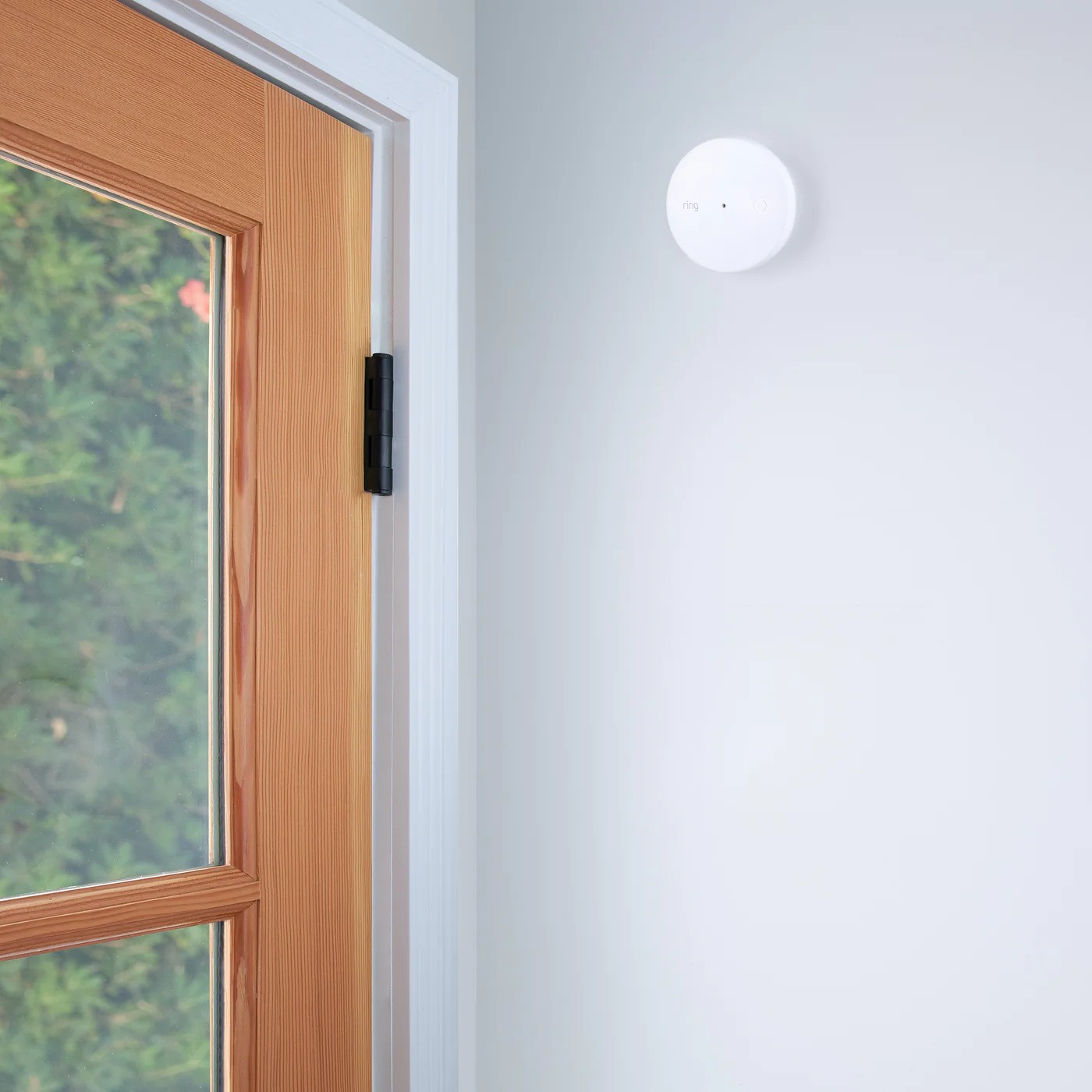

Interior Design Trends
How Many Glass Break Sensors Do I Need
Modified: October 19, 2024
Find out the latest interior design trends and learn how many glass break sensors you need to keep your home safe and stylish. Discover expert tips and advice.
(Many of the links in this article redirect to a specific reviewed product. Your purchase of these products through affiliate links helps to generate commission for Storables.com, at no extra cost. Learn more)
Introduction
When it comes to safeguarding our homes and businesses, we often focus on securing entry points such as doors and windows. However, one crucial aspect of comprehensive security that is sometimes overlooked is the protection of glass windows and doors. This is where glass break sensors come into play.
Glass break sensors are an integral part of a robust security system, designed to detect the distinct sound frequency produced when glass shatters. This advanced technology provides an additional layer of protection, alerting homeowners and business owners to potential intrusions or break-ins.
In this article, we will delve into the world of glass break sensors, exploring their functionality, the factors to consider when determining the number needed, and the optimal placement for maximum effectiveness. By understanding the importance of these sensors and how to strategically implement them, you can significantly enhance the security of your property and gain invaluable peace of mind.
Key Takeaways:
- Protect Your Property
Strategically place glass break sensors based on property size, vulnerability of glass surfaces, and interior design to enhance security coverage and gain peace of mind. - Maximize Sensor Effectiveness
Prioritize areas with high glass concentration, conduct acoustic analysis, and integrate sensors seamlessly for comprehensive coverage and robust defense against potential intrusions.
Read more: How Do Glass Break Sensors Work
Understanding Glass Break Sensors
Glass break sensors, also known as acoustic glass break detectors, are sophisticated devices designed to detect the unique sound frequency produced when glass shatters. These sensors are a vital component of a comprehensive security system, providing an additional layer of protection for homes, businesses, and other properties.
The functionality of glass break sensors is rooted in their ability to distinguish the specific acoustic signature of glass breaking from other ambient noises. When glass shatters, it emits a distinct frequency that is different from everyday sounds such as voices, footsteps, or electronic devices. Glass break sensors are finely tuned to recognize this specific sound pattern, enabling them to differentiate between routine household noises and the unmistakable sound of a window or glass door being compromised.
There are two primary types of glass break sensors: shock sensors and acoustic sensors. Shock sensors are designed to detect the physical impact or vibration caused by a window or glass door being struck or shattered. On the other hand, acoustic sensors are engineered to identify the sound frequency associated with glass breaking. Some advanced glass break sensors incorporate a combination of both shock and acoustic detection methods, providing a comprehensive approach to identifying potential security breaches.
In addition to their ability to discern the sound of glass breaking, modern glass break sensors are equipped with advanced signal processing technology. This enables them to analyze the sound patterns in real time, allowing for swift and accurate detection of security threats. Furthermore, many glass break sensors are designed to operate within specific range parameters, ensuring that they are sensitive enough to detect glass breakage while minimizing false alarms triggered by external noises.
Overall, glass break sensors serve as a crucial line of defense, offering reliable and proactive detection of potential intrusions. By understanding the intricacies of these devices and their advanced detection capabilities, property owners can make informed decisions regarding the implementation of an effective security system.
The next section will delve into the key factors to consider when determining the number of glass break sensors needed for optimal security coverage.
Factors to Consider
When evaluating the number of glass break sensors needed to fortify the security of a property, several crucial factors come into play. Understanding these factors is essential for making informed decisions and ensuring comprehensive security coverage.
-
Property Size and Layout: The size and layout of the property are fundamental considerations when determining the number of glass break sensors required. Larger properties with multiple entry points and expansive glass surfaces may necessitate a greater number of sensors to effectively cover all vulnerable areas. Additionally, the architectural layout, including the presence of alcoves, blind spots, or secluded areas, should be carefully assessed to identify potential security gaps that can be addressed with strategically placed sensors.
-
Vulnerability of Glass Surfaces: Assessing the vulnerability of glass surfaces within the property is paramount. Areas with a higher risk of intrusion, such as ground-level windows, glass doors, or secluded entry points, may require dedicated sensor coverage. Furthermore, properties located in high-crime areas or regions prone to break-ins may benefit from an increased number of sensors to mitigate security risks effectively.
-
Interior Design and Acoustic Considerations: The interior design of the property and its acoustic characteristics play a significant role in determining the placement and number of glass break sensors. Factors such as room acoustics, the presence of sound-absorbing materials, and ambient noise levels can impact the effectiveness of sensor coverage. It is essential to account for these variables to ensure that sensors are strategically positioned to detect glass breakage across diverse interior environments.
-
Integration with Existing Security System: For properties equipped with an existing security system, integrating glass break sensors seamlessly into the overall setup is crucial. The compatibility of sensors with the existing security infrastructure, including control panels, monitoring devices, and alarm systems, should be evaluated to ensure cohesive and synchronized security operations.
-
Risk Assessment and Security Objectives: Conducting a comprehensive risk assessment and defining specific security objectives are pivotal in determining the number of glass break sensors needed. Understanding the unique security challenges and vulnerabilities associated with the property enables property owners to tailor sensor deployment to address specific threats effectively. Whether the primary goal is to deter potential intruders, protect valuable assets, or ensure the safety of occupants, aligning security objectives with sensor placement is essential.
By carefully considering these factors, property owners can make informed decisions regarding the optimal number and placement of glass break sensors, thereby enhancing the overall security posture of their properties. The next section will delve into the process of determining the specific number of sensors needed based on these considerations.
Determining the Number of Glass Break Sensors Needed
When it comes to determining the number of glass break sensors needed to fortify the security of a property, a strategic and meticulous approach is essential. By carefully assessing the unique characteristics of the property and considering key factors such as size, vulnerability of glass surfaces, interior design, integration with existing security systems, and specific security objectives, property owners can effectively calculate the optimal quantity of sensors required.
The first step in this process involves conducting a comprehensive evaluation of the property's size and layout. Larger properties with multiple entry points and expansive glass surfaces may require a higher number of sensors to ensure comprehensive coverage. By meticulously mapping out the property and identifying vulnerable areas, such as ground-level windows, glass doors, or secluded entry points, property owners can gain valuable insights into the specific areas that demand dedicated sensor coverage.
Furthermore, assessing the vulnerability of glass surfaces within the property is crucial. Areas prone to potential intrusion, such as those facing public spaces, secluded alleyways, or regions with a history of break-ins, may necessitate heightened sensor deployment. By understanding the unique security risks associated with the property's location and architectural features, property owners can make informed decisions regarding the allocation of sensors to effectively mitigate potential threats.
The interior design and acoustic characteristics of the property also play a pivotal role in determining the number of glass break sensors needed. Factors such as room acoustics, the presence of sound-absorbing materials, and ambient noise levels should be carefully considered to ensure that sensors are strategically positioned to detect glass breakage across diverse interior environments. By accounting for these acoustic variables, property owners can optimize sensor placement to maximize detection capabilities while minimizing the risk of false alarms.
Additionally, integrating glass break sensors seamlessly into the existing security system is essential for cohesive and synchronized security operations. Property owners should evaluate the compatibility of sensors with the overall security infrastructure, ensuring that they seamlessly integrate with control panels, monitoring devices, and alarm systems. This integration facilitates a unified approach to security management, enhancing the overall effectiveness of the security system.
Finally, conducting a thorough risk assessment and defining specific security objectives are critical steps in determining the number of glass break sensors needed. By understanding the unique security challenges and vulnerabilities associated with the property, property owners can align sensor deployment with specific security objectives, whether the primary focus is on deterring potential intruders, safeguarding valuable assets, or ensuring the safety of occupants.
By meticulously considering these factors and conducting a comprehensive assessment, property owners can accurately determine the number of glass break sensors needed to fortify the security of their properties. This strategic approach enables property owners to deploy sensors effectively, enhancing the overall security posture and providing invaluable peace of mind.
Placement of Glass Break Sensors
Strategic placement of glass break sensors is paramount to their effectiveness in fortifying the security of a property. By carefully considering the layout, architectural features, and acoustic characteristics of the property, property owners can optimize the placement of sensors to maximize coverage and detection capabilities.
Read more: How To Test Glass Break Sensor
Interior Considerations
When determining the placement of glass break sensors, it is essential to assess the interior layout of the property. Areas with a high concentration of glass surfaces, such as living rooms, dining areas, and glass-paneled doors, should be prioritized for sensor deployment. Additionally, ground-level windows and entry points with direct street access are prime locations for sensor placement, as they are often targeted by potential intruders.
Acoustic Analysis
Conducting an acoustic analysis of the property's interior spaces is crucial for identifying optimal sensor placement. Factors such as ambient noise levels, room acoustics, and the presence of sound-absorbing materials can impact the effectiveness of sensor coverage. By strategically situating sensors in areas with minimal acoustic interference and optimal sound propagation, property owners can enhance the sensors' ability to detect glass breakage accurately.
Vulnerable Areas
Identifying vulnerable areas within the property is instrumental in determining sensor placement. Secluded entry points, windows facing secluded alleyways, and regions with limited visibility from neighboring properties are prime candidates for sensor deployment. By focusing on these vulnerable areas, property owners can bolster security measures and mitigate potential security threats effectively.
Integration with Existing Security Infrastructure
Integrating glass break sensors seamlessly with the existing security infrastructure is essential for cohesive security operations. Ensuring compatibility with control panels, monitoring devices, and alarm systems facilitates a unified approach to security management. By aligning sensor placement with the overall security setup, property owners can optimize the coordination of security measures and enhance the responsiveness of the security system.
Read more: How Many Wine Glasses Do I Need?
Comprehensive Coverage
To achieve comprehensive coverage, property owners should strategically position sensors to minimize blind spots and ensure overlapping detection zones. This approach maximizes the likelihood of detecting glass breakage across diverse interior environments, providing a robust defense against potential intrusions.
By meticulously considering these factors and strategically situating glass break sensors, property owners can optimize the effectiveness of their security systems, fortify vulnerable areas, and gain invaluable peace of mind knowing that their properties are well-protected against potential security threats.
Conclusion
In conclusion, the implementation of glass break sensors is a pivotal aspect of comprehensive security measures for residential and commercial properties. By understanding the functionality of these advanced detectors and carefully considering key factors such as property size, vulnerability of glass surfaces, interior design, integration with existing security systems, and specific security objectives, property owners can make informed decisions regarding the optimal number and placement of glass break sensors.
The strategic placement of glass break sensors, informed by a thorough assessment of the property's layout, architectural features, and acoustic characteristics, is essential for maximizing their effectiveness. By prioritizing areas with a high concentration of glass surfaces, conducting acoustic analyses, identifying vulnerable areas, and ensuring seamless integration with the existing security infrastructure, property owners can optimize sensor placement to provide comprehensive coverage and enhance detection capabilities.
Ultimately, the deployment of an appropriate number of glass break sensors, strategically positioned to address specific security vulnerabilities, serves as a proactive defense against potential intrusions and break-ins. This proactive approach not only deters unauthorized access but also provides property owners with invaluable peace of mind, knowing that their properties are well-protected.
By embracing the advanced technology and strategic deployment of glass break sensors, property owners can fortify their security systems, safeguard their assets, and ensure the safety of occupants. The integration of these sophisticated detectors into a comprehensive security strategy represents a proactive investment in the protection of properties, offering a robust defense against potential security threats.
In essence, the careful consideration of factors, meticulous determination of sensor quantity, and strategic placement of glass break sensors culminate in a heightened level of security that empowers property owners to proactively safeguard their properties. With the implementation of these advanced detectors, property owners can reinforce their security posture and create a secure environment that prioritizes safety and protection.
In the ever-evolving landscape of security technology, the integration of glass break sensors stands as a testament to the proactive and innovative approach to property security. By embracing these advanced detectors and leveraging their capabilities through strategic deployment, property owners can fortify their defenses and create a secure environment that offers unparalleled peace of mind.
Frequently Asked Questions about How Many Glass Break Sensors Do I Need
Was this page helpful?
At Storables.com, we guarantee accurate and reliable information. Our content, validated by Expert Board Contributors, is crafted following stringent Editorial Policies. We're committed to providing you with well-researched, expert-backed insights for all your informational needs.
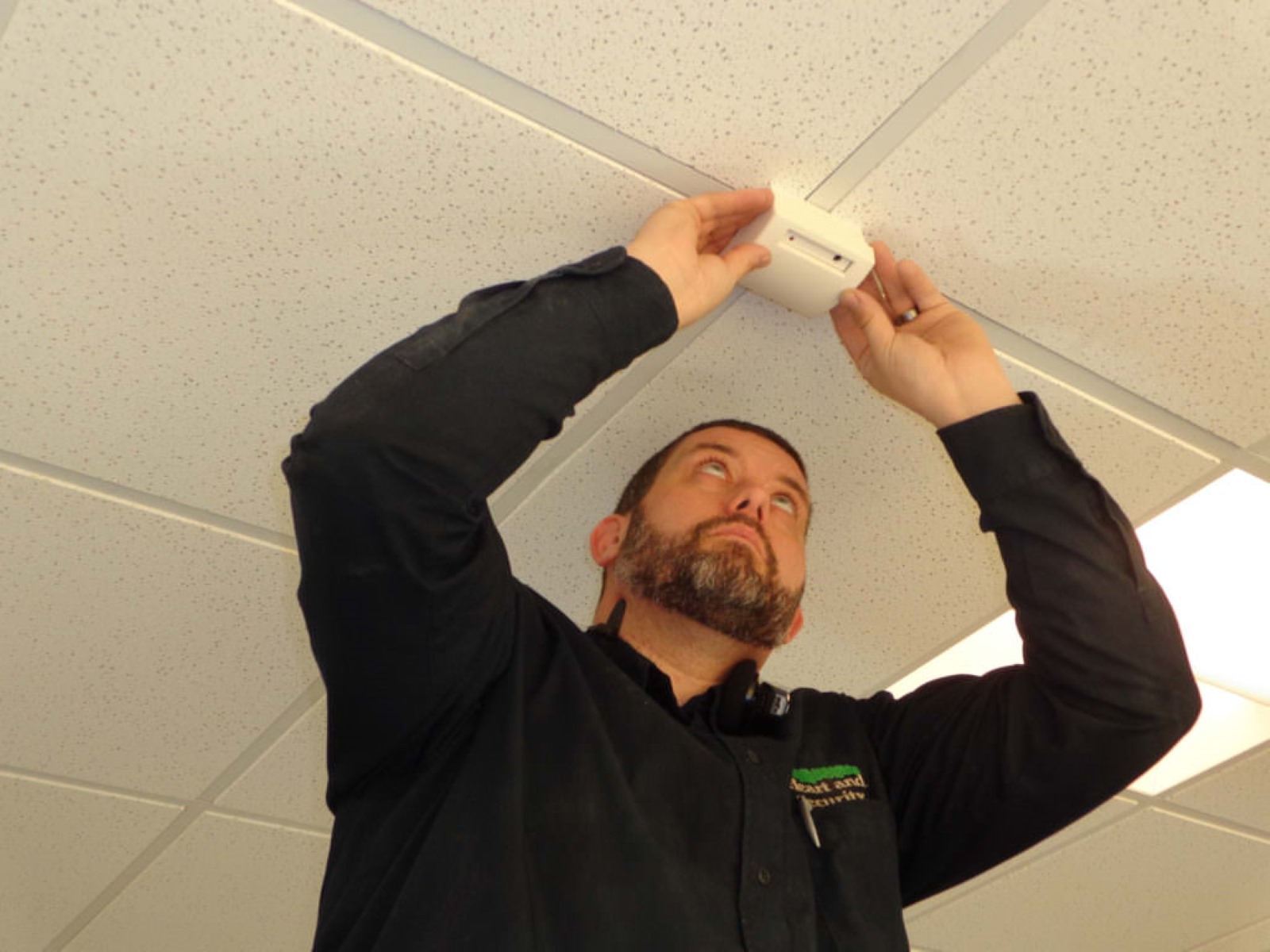
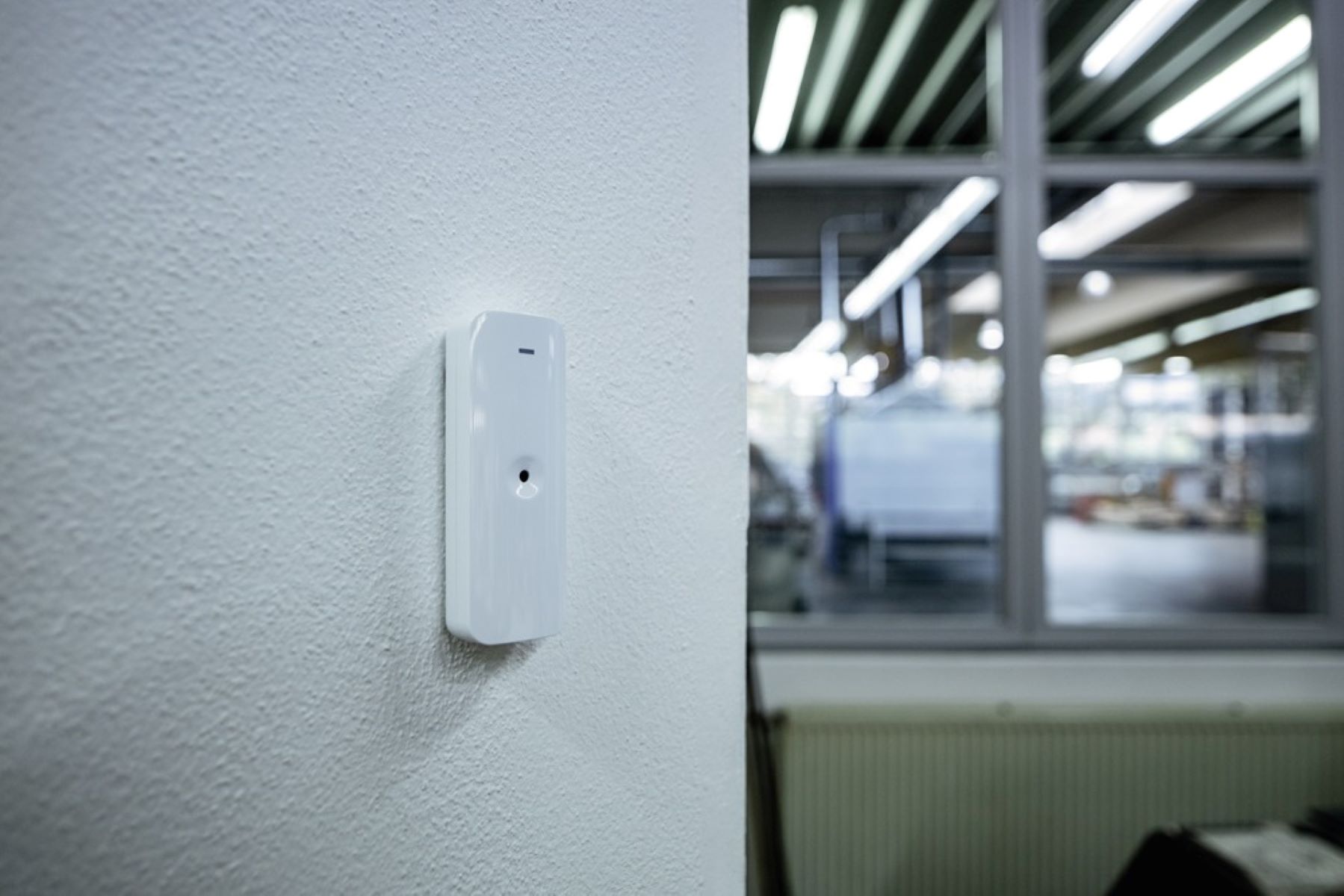
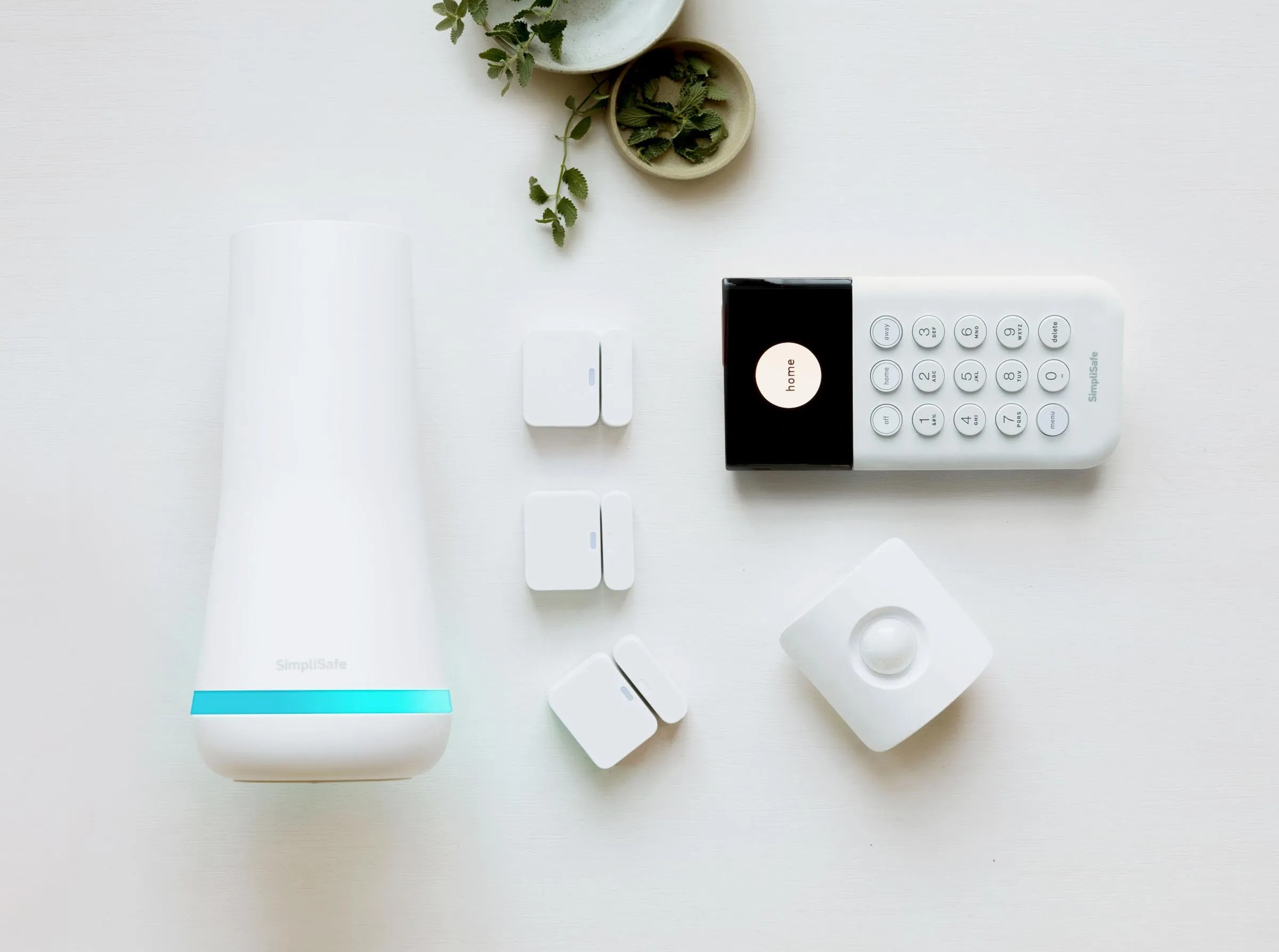
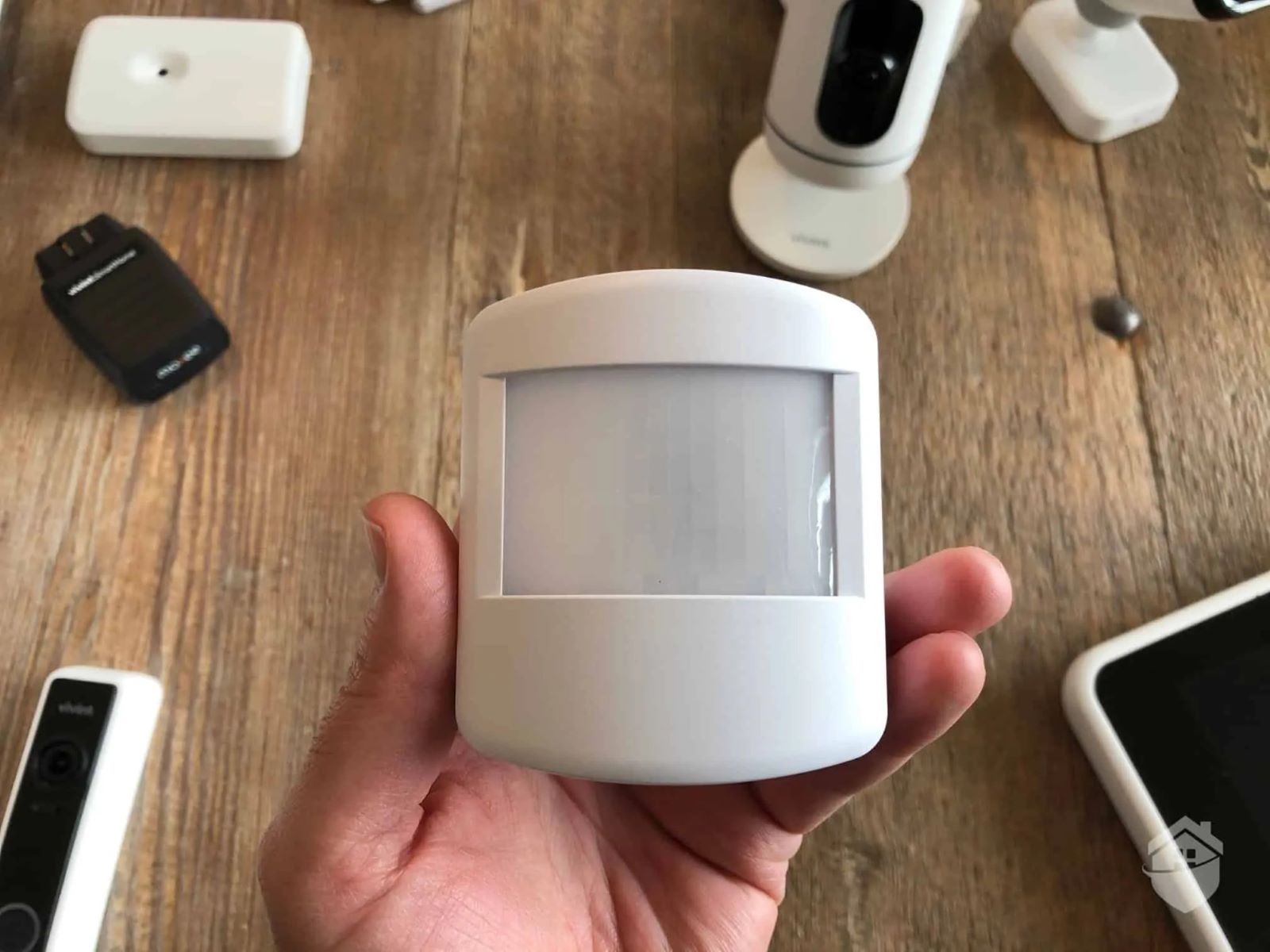
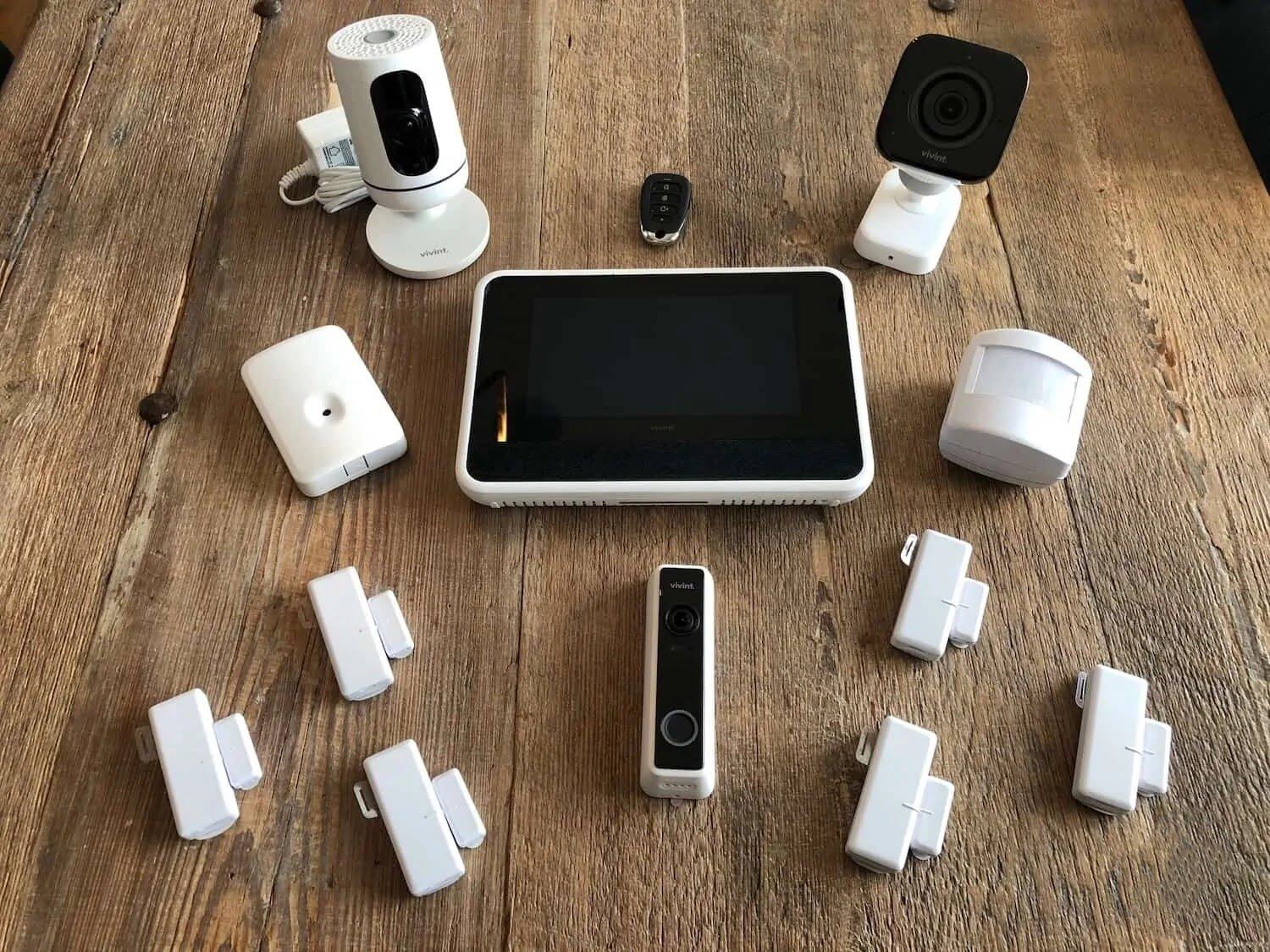
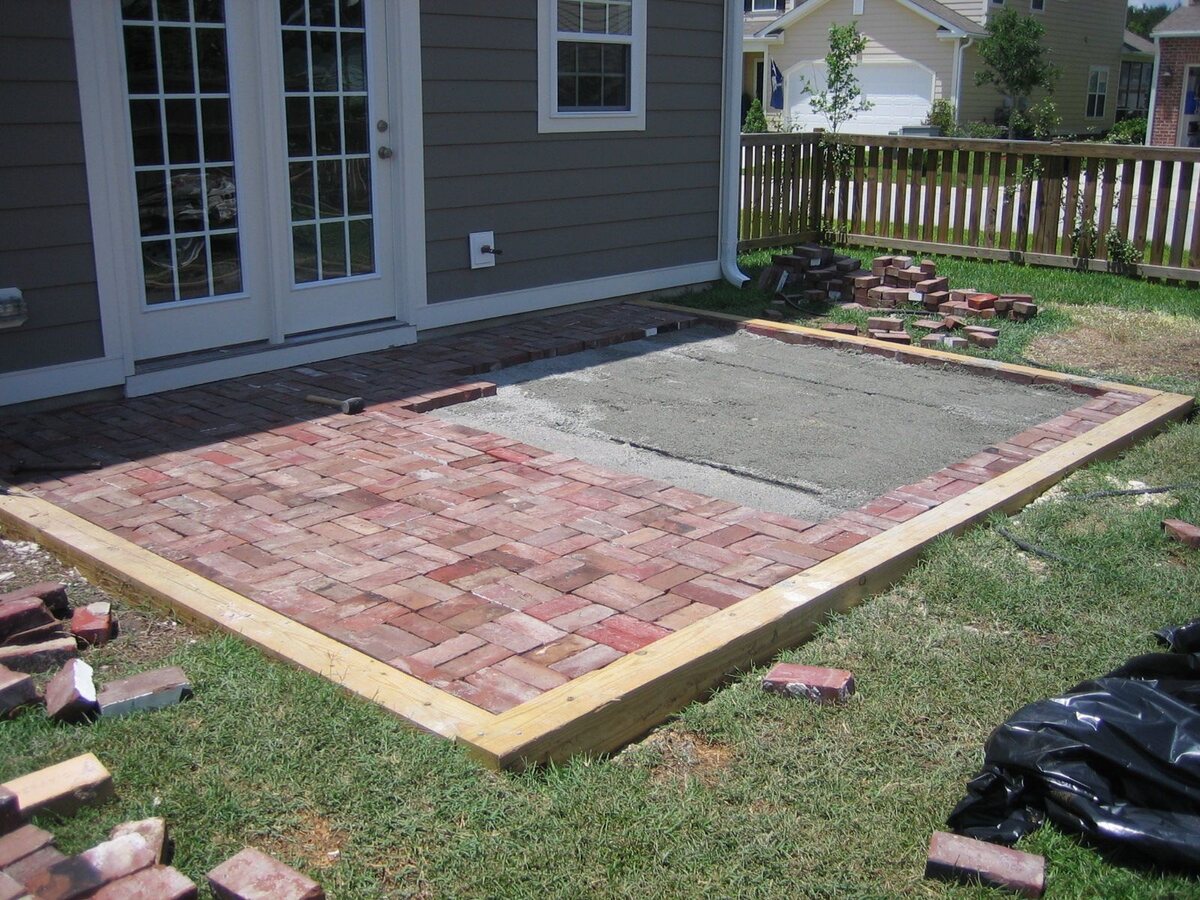


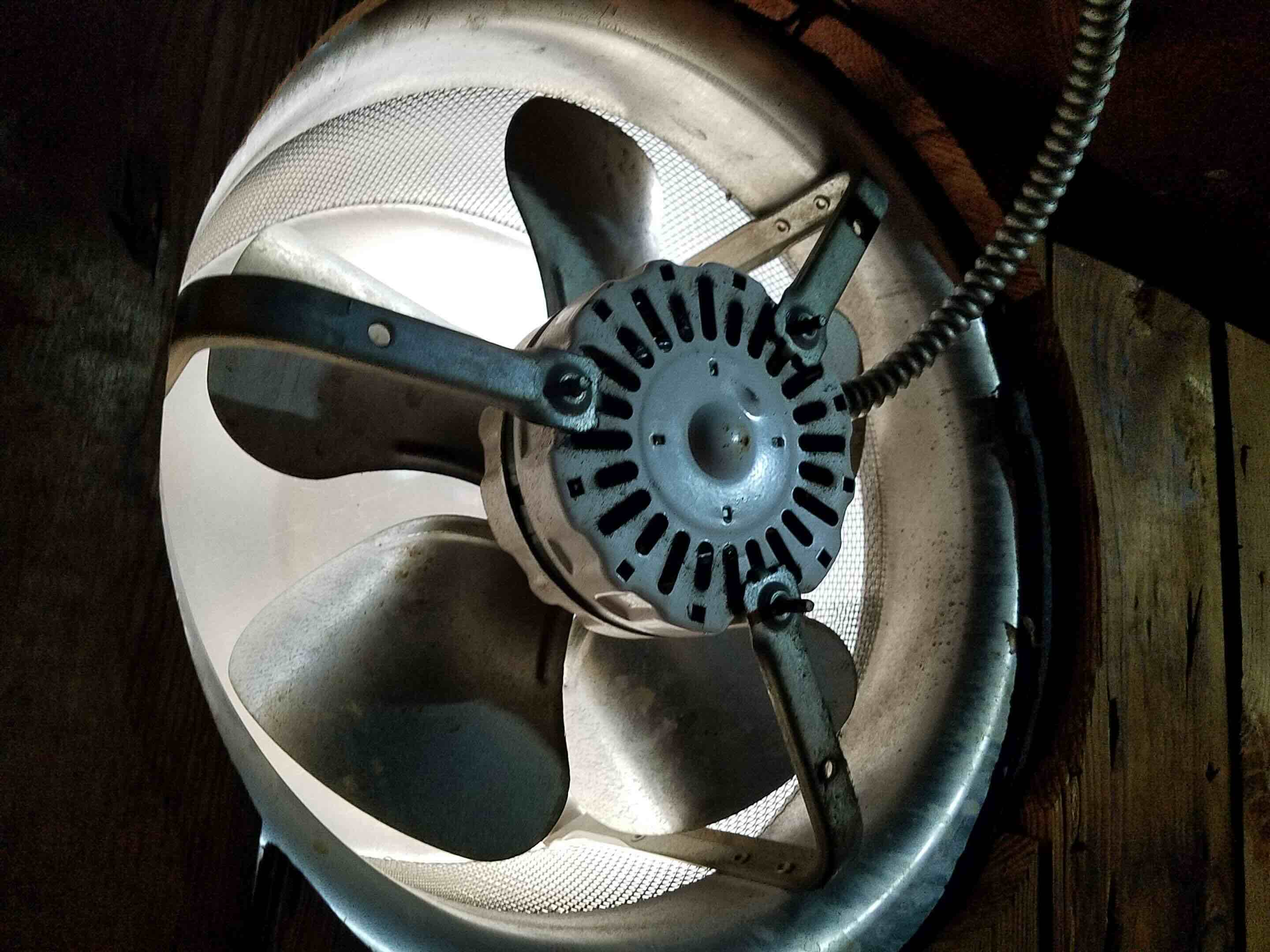
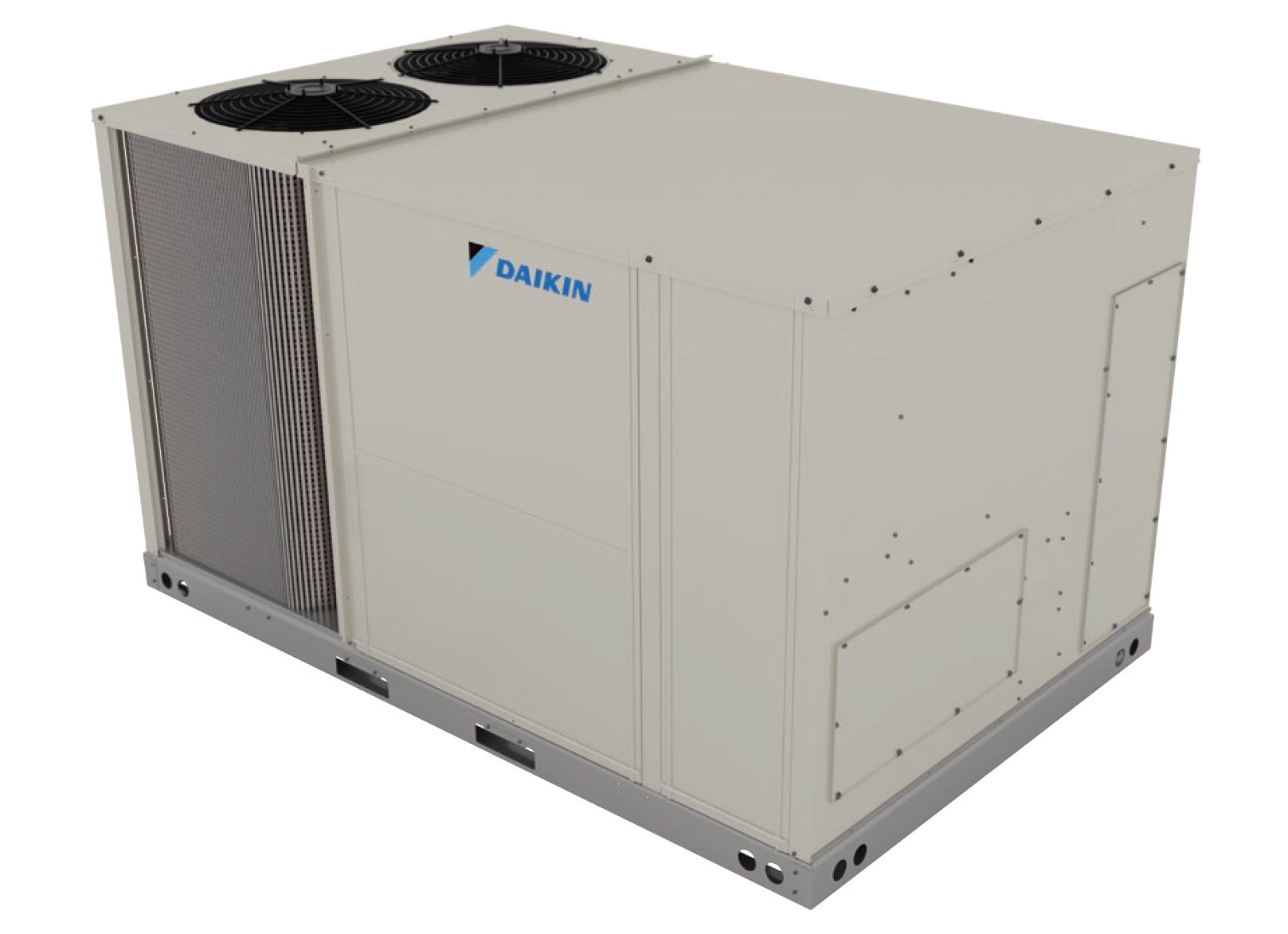
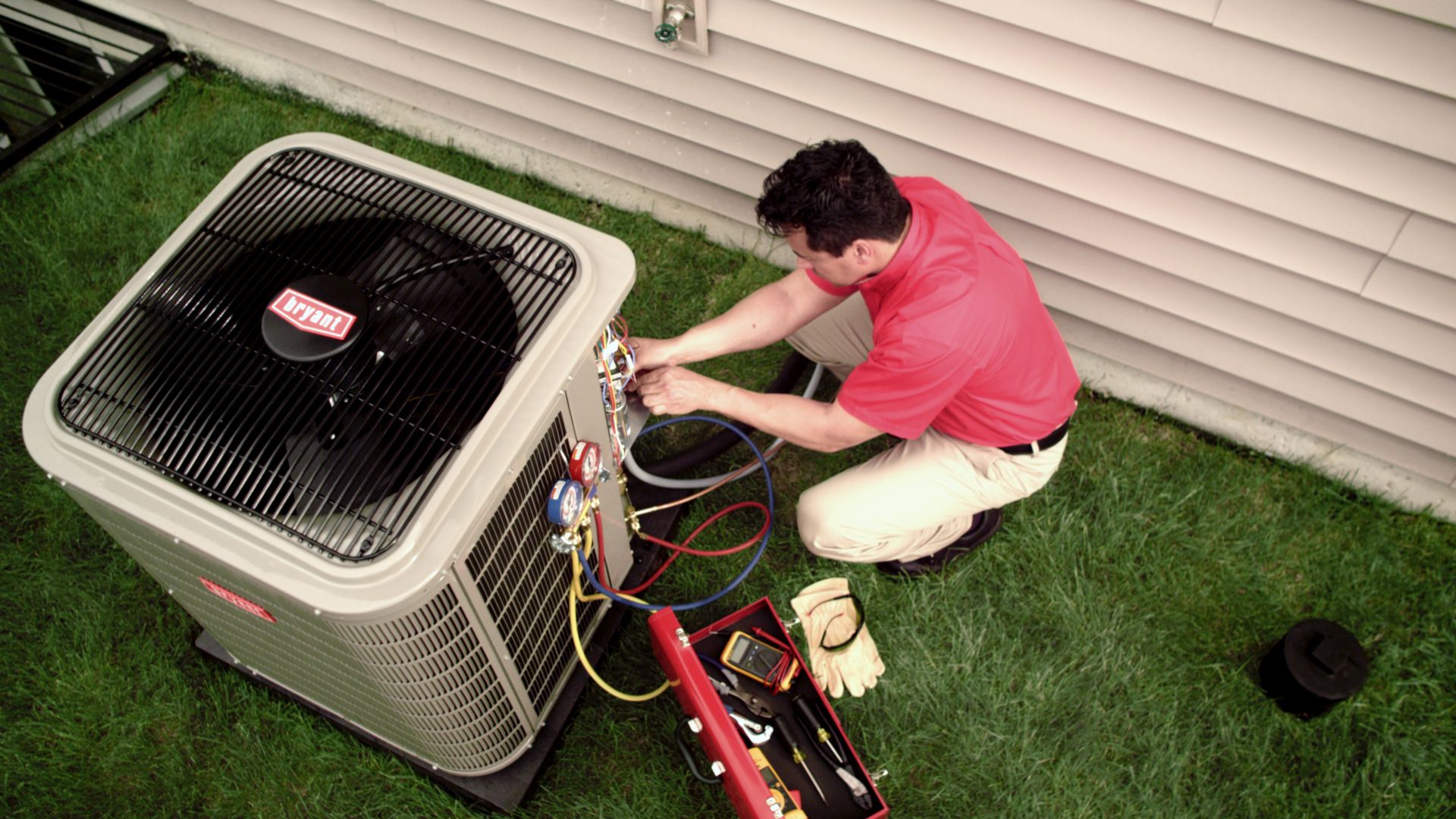
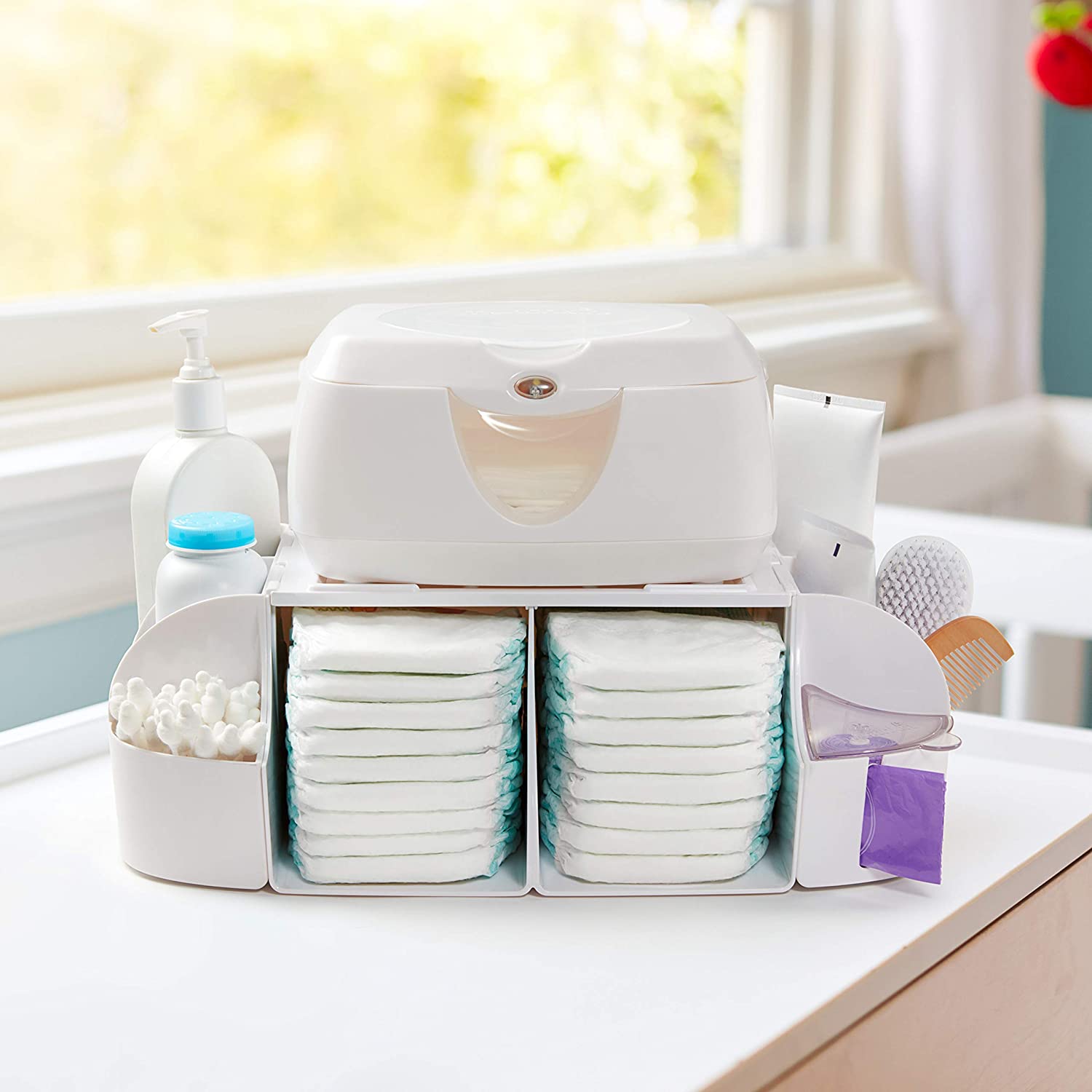


0 thoughts on “How Many Glass Break Sensors Do I Need”